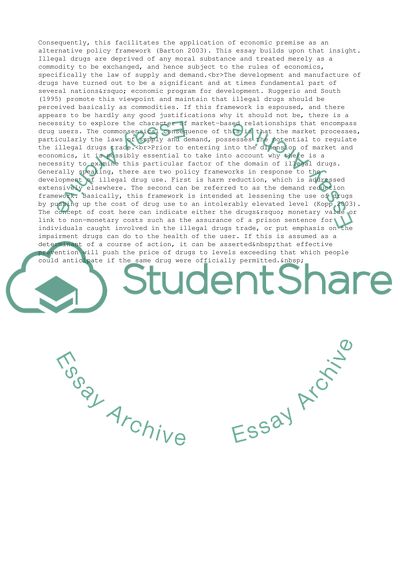Cite this document
(Supply and Demand: Illicit Drug Market Research Paper, n.d.)
Supply and Demand: Illicit Drug Market Research Paper. Retrieved from https://studentshare.org/business/1722178-taking-either-the-drugs-trade-or-human-trafficking-as-your-example-determine-the-nature-of-the-relationship-between-supply-and-demand
Supply and Demand: Illicit Drug Market Research Paper. Retrieved from https://studentshare.org/business/1722178-taking-either-the-drugs-trade-or-human-trafficking-as-your-example-determine-the-nature-of-the-relationship-between-supply-and-demand
(Supply and Demand: Illicit Drug Market Research Paper)
Supply and Demand: Illicit Drug Market Research Paper. https://studentshare.org/business/1722178-taking-either-the-drugs-trade-or-human-trafficking-as-your-example-determine-the-nature-of-the-relationship-between-supply-and-demand.
Supply and Demand: Illicit Drug Market Research Paper. https://studentshare.org/business/1722178-taking-either-the-drugs-trade-or-human-trafficking-as-your-example-determine-the-nature-of-the-relationship-between-supply-and-demand.
“Supply and Demand: Illicit Drug Market Research Paper”, n.d. https://studentshare.org/business/1722178-taking-either-the-drugs-trade-or-human-trafficking-as-your-example-determine-the-nature-of-the-relationship-between-supply-and-demand.


